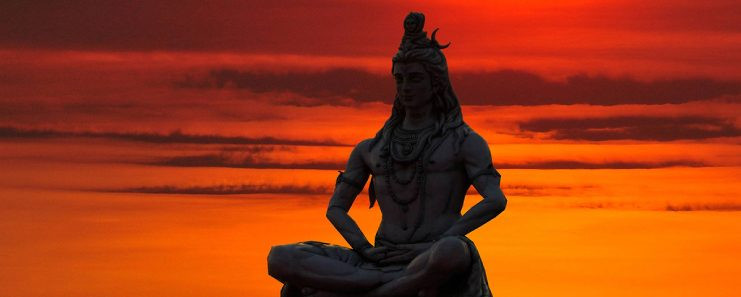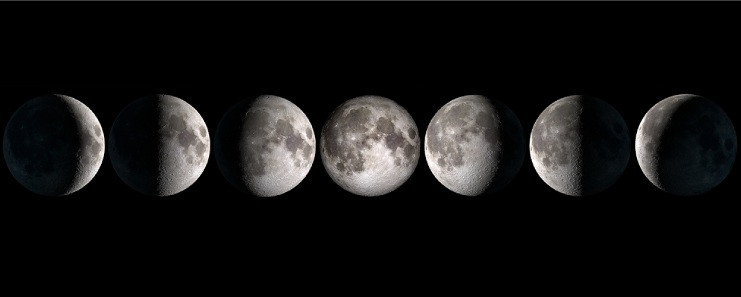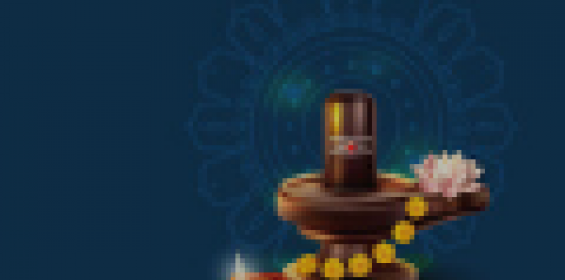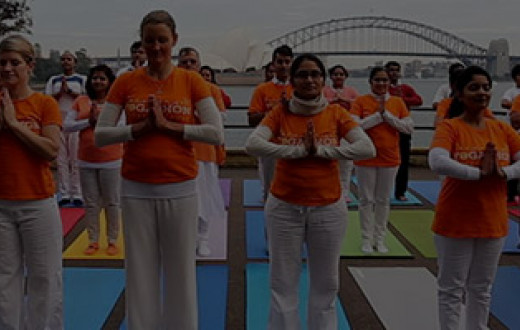Mahamrutyunjay mantra - Lyrics, meaning, legends & benefits
Death is a part of life. And the only certain part of life at that. No doubt, we must all go through it one day. However, not knowing when or how is perhaps why we all fear it as much as we do. The powerful Shiva mantra - the Mahamrutyanjay mantra can help us overcome this fear of death. This mantra is also known as the Rudra Mantra or Tryambakam Mantra. It is included in the oldest of the Vedas, the Rigveda, and also in the Yajurveda and the Atharvaveda.
So, let’s learn the Mahamrutyunjay mantra.

Mahamrutyunjay Mantra in Sanskrit & English with meaning
ॐ त्र्यम्बकं यजामहे सुगन्धिं पुष्टिवर्धनम् |
उर्वारुकमिव बन्धनान्मृत्योर्मुक्षीय माऽमृतात् ||
Om Tryambakam yajaamahe sugandhim pushtivardhanam |
Urvaarukamiva bandhanaan-mrityormuksheeya maamritaat ||
Word-by-word meaning of the mantra
Maha - great
Mrutyu - death
Jay - victory
Om - the primordial, sacred sound of the universe
Tryambakam - the three-eyed one
Yajamahe - we worship
Sugandhim - fragrance like incense
Pushtivardhanam - that which increases our vitality
Uruvaurukamiva - like a gourd or cucumber
Bandhanaat - getting freedom from bondage
Mrityormukshiya - freedom from death
Ma amritaat - not from immortality
Meaning: We worship the three-eyed One, who is fragrant and who nourishes all. Like a gourd organically detaches itself from the bondage of the stem, may we be liberated from death, and realize our immortal selves.

While the mantra is short, the meaning is profound and thought-provoking. It is also varied and interpreted slightly differently in different places because of the layers and levels of the mantra. However, this doesn’t matter as the sound of mantras is more important than the meaning.
Here is Gurudev Sri Sri Ravi Shankar’s simple and beautiful explanation of the Mahamrutyunjay mantra:
“Mrityunjaya means victory over death. And who has mastered death? Lord Shiva. To whom do I pray, to whom do I supplicate, to whom do I wish to attach myself to - the one who has three eyes - the one who knows the past, present, and the future - Lord Shiva. I bow to such a consciousness, that consciousness which is all around me. To that consciousness I attach myself, and when I attach myself, it fills my body with a fragrance. It removes grief and sadness from the mind. It removes suffering and disease from the body, when I associate myself with this consciousness. It frees me from bondage, attachment.
Just as the gourd detaches itself from its stem when it is ripe, please liberate me from the bondage of attachment to worldly pleasures (children, wealth, property, all the entanglements of the mind that capture it) spontaneously. I don’t want to struggle to free myself from this bondage. Free me naturally, let it happen on its own. After all, when there is no string, there is no attachment. Help me let go organically. Just like the gourd. As only the Lord can liberate us from these bondages, we pray to Lord Shiva, the three-eyed one. Give me liberation from the suffering of death. Let death come to me without making me suffer. The gourd detaches itself from the stem organically; when my time comes, allow me to leave without any suffering. Make me aware that I am immortal. This is my request. Oh Lord Shiva, I want to merge and become one with you. Make my body and mind strong and free me from attachment naturally.”
Benefits of the Mahamrutyunjay mantra
The positive vibrations that emanate from any mantra are hugely beneficial to the listener and chanter alike. This is also true of the Mahamrutyunjay mantra that benefits devotees immensely. This mantra is believed to bestow longevity, and ward off untimely death and other negative influences and calamities in life. It is normally chanted 108 times.
Why Mahamrutyunjay mantra is chanted 108 times

Chanting the Mahamrutyunjay mantra 108 times is considered auspicious. It is believed that those who chant this mantra will gratify Lord Shiva. You might have noticed that many mantras are chanted 108 times. There is a special significance to the digits 1, 0, and 8. ‘1’ signifies oneness or integration, ‘0’ nothingness, and ‘8’ infinity. Together ‘108’ signifies all of the universe - one, nothing, and everything - all at once!
Legend of the Mahamrutyunjay mantra

As is the case with most ancient practices and legends, there is more than one story about the origin of the Mahamrutyunjay mantra and each is interesting in its own way.
- The first legend relates to a rishi named Markandeya. His parents, great devotees of Lord Shiva, prayed to him for a son. They were granted this boon but with the condition that though the son would be righteous and learned, he was destined to die at the young age of 16 years (some say 12 years). In his last year of life, when Lord Yama (God of death) came to claim him, Markandeya prayed to Lord Shiva with great devotion and Lord Shiva saved him from the clutches of death. Some stories say that Rishi Markendeya chanted the Mahamrutyunjay mantra and others say that Lord Shiva revealed the mantra to him.
- The second legend says that once Chandra, the moon was cursed by King Daksha (for favoring his wife Rohini over all his other wives) to lose his luster. Rishi Markandeya is said to have revealed the mantra to Chandra who then prayed to Lord Shiva chanting this mantra to release him from the curse. Lord Shiva rescued the moon from total oblivion, thus bringing him back to life. Since then, the moon waxes and wanes instead of shining brightly every night.
- The third legend relates to the spiritual master of the asuras (demons), Shukracharya. It is said that Lord Shiva revealed the mantra to him as the beeja mantra.
- Another legend attributes it to one of the saptarishis, Vashishta, who is said to have composed this. This is included in the Rigveda.
Listen to Gurudev’s beautiful explanation of the Mahamrutyunjay mantra here.
You can also immerse yourself in some Mrutyunjay bhajans by artistes Shalini & Srinivas here.
If you enjoyed chanting this powerful mantra of Lord Shiva, you might like to explore more LIVE Mahashivratri celebrations here.
Based on Gurudev’s explanation of the Mahamrutyunjay mantra and with inputs from Sushil Nachnani, faculty, Art of Living











































